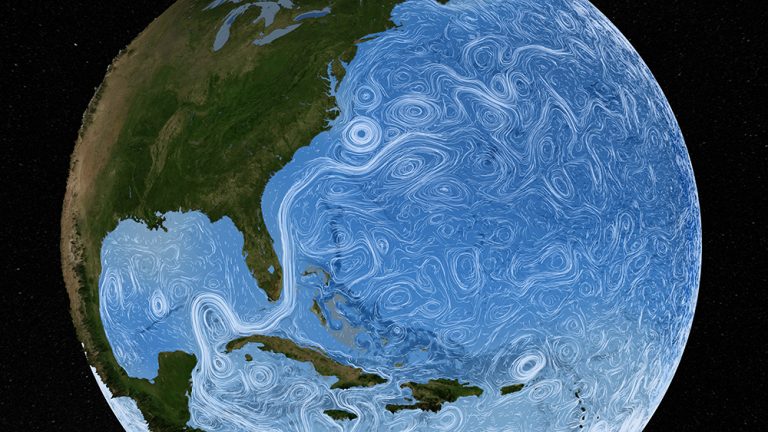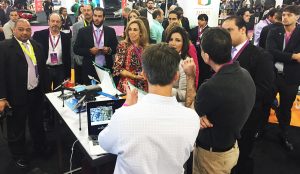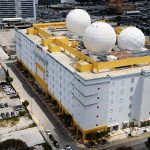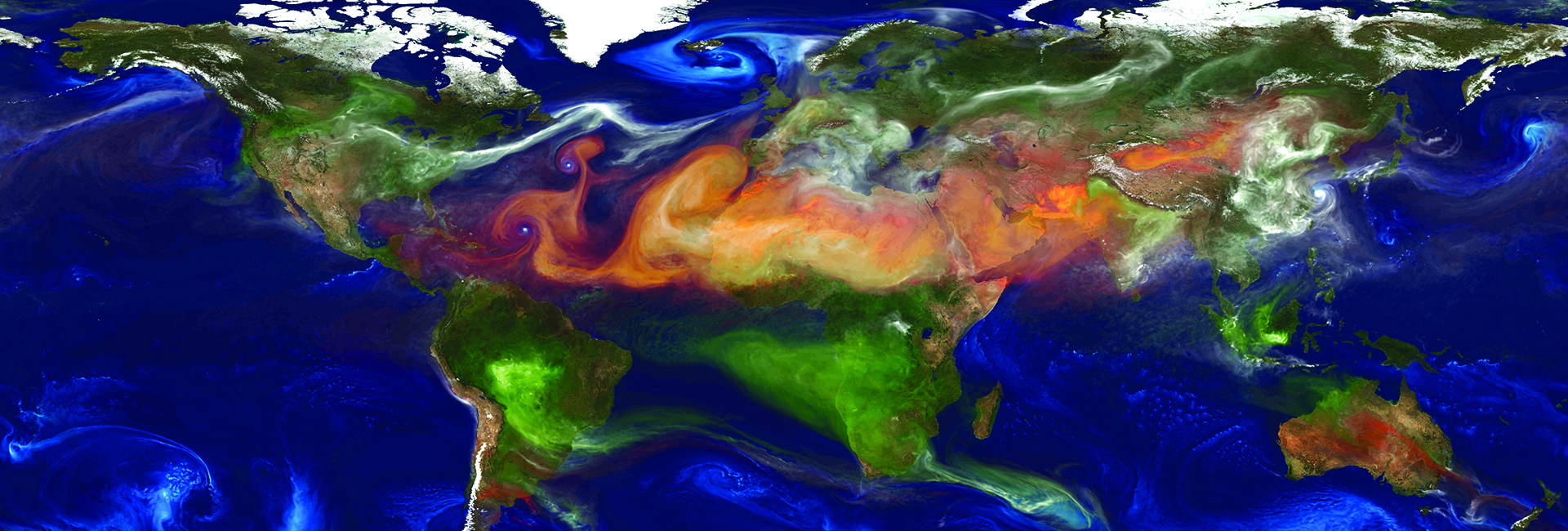

UM's Center for Computational Science focuses on interdisciplinary areas of scientific research to help solve pressing problems.
Computational Science is widely recognized as a critical means to solving many of today's most challenging problems.
While computer science studies the different components of computers and computer programming, computational science builds the interface of computing within the scientific discipline—the art of computers designed with enough infrastructure to support the science and advancement of science.
The University of Miami's Center for Computational Science, established in 2007, provides the cyber infrastructure that addresses major research challenges.
More than 1,500 UM faculty, staff, students, and researchers use the center as a nucleus for collaboration on diverse and interdisciplinary projects in nine focus areas, including computational biology, smart cities, visualization, advanced computing, and drug discovery—many areas where climate change research and discovery reside.
About the Photo
At the Center for Computational Science, UM researchers are able to develop detailed atmospheric modeling of the earth's system.
Join the Conversation
Follow on Twitter:
UM Center for Computational
Science, @UMCCS
University
of Miami, @univmiami
UM
News, @univmiaminews
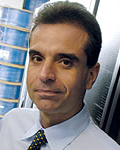
The center determines its focus areas based on strengths—identifying the faculty research that requires significant computing power—and areas of opportunities, because "we want to be in that space as well," explains Tsinoremas.
One of the center's main focus areas is Climate and Environmental Hazards, under the leadership of Ben Kirtman of the Rosenstiel School of Marine and Atmospheric Science. The program aims to develop innovative solutions through advanced computing to address the challenges scientists face in the observation, analysis, modeling, and prediction of phenomena in areas such as atmosphere, ocean, and climate.
"Pegasus," the center's largest supercomputer, has already provided more than 40 million hours to research projects, with a utilization rate near 85 percent for big data analysis.
Housed at the Network Access Point of the Americas data center in downtown Miami, Pegasus can run hundreds of thousands of processes at any given time. Depending on the job, a task can take anywhere from four hours to four weeks to complete.
Pegasus currently processes more than one petabyte (1,000 terabytes, or one million gigabytes) worth of climate data for the whole earth. The data is analyzed monthly by Kirtman and his team as part of NOAA's North American Multi-Model Ensemble (NMME)-Phase II forecast model.
Using big data, the Center strives for velocity, volume, and variety—a lot of data, from multiple sources—to allow for the disruptive democratization of data. The challenge is to make this big data more impactful for society, and provide a predictive analysis that can change the conversation.
"When we talk about climate change, it's all about computing situations and striving for better accuracy to predict the future," says Tsinoremas.
- Megan Ondrizek / UM News
Tap or double click any photo to start the slideshow.
